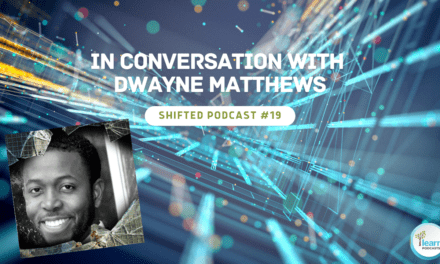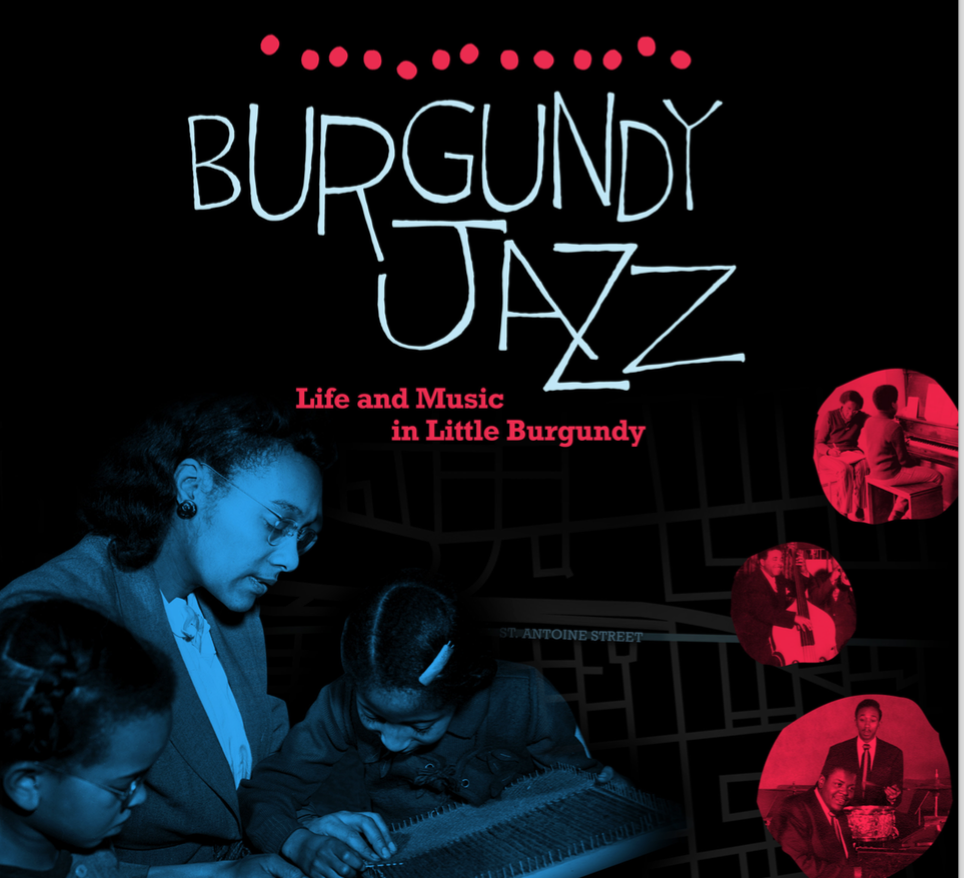I have an admission to make. (Wait for it.) I am a proud alumna of Canada’s Open University, Athabasca U. Back in early 2001, on maternity leave from a high school in Western Quebec, I started a graduate degree in distance education at AU. I had long searched for a program that would speak to my professional interests and suit my personal circumstances. AU was a great fit and afforded me the opportunity to connect with professionals of all description, from all over the world, who were equally committed to learning…online and off.
Since then, things have obviously changed, not just in terms of technology but also in terms of pedagogy. So, I thought, who better to re-connect with and ask about the latest evolution of distance education (DE) and technology enhanced education than one of my former teachers at AU, Dr. Terry Anderson. Dr. Anderson is not only a professor, a widely published author, Canada Research Chair in Distance Education, and the Director of the Canadian Institute of Distance Education Research (CIDER), but he’s also a genuinely nice guy who allowed me to interview him from his home in Edmonton a couple of weeks back. Here are the salient bits…about third generation DE pedagogy, technology and building networks:
Can you break it down for us? What is connectivism and how is it different from constructivism?
Dr. Anderson answers: Well, it has been argued that it is just an enhancement and isn’t that much different. In fact, there are articles that say that is just good constructivism. But George Siemens, who coined the term “connectivism” in an article from 2004, basically says that it’s premised and based upon there being an active network, both in the hardware sense and the resources/people sense, AND that the learning happens when you set up the network so that it can be used to apply to real life problems, or for study. The theory also states that machines can have intelligence as well. Really, it goes beyond the idea of a constructivist environment, which is often group based, and people are either working collaboratively or individually, constructing their own knowledge… sort of all within their own heads. Connectivist pedagogy is really a Net pedagogy because it suggests that it’s more important to have a connection and to be able to ask somebody about something or consult a resource, than it is even to know it or learn it. Accessibility and currency are critically important these days. So, what a connectivist pedagogy does is to help students build networks that expand beyond their classroom and beyond their teacher. It allows and encourages them to create artifacts that they share on the Internet. They can contribute to, comment on, and take care of these resources and collections.
What is expected of teachers and learners in order to be successful using a connectivist pedagogy model?
Dr. Anderson answers: First of all, there’s a technical side. You need to have self-efficacy so that you’re not intimidated. You have to have some trouble-shooting skills, because there are blockages and there are half-formed networks and nodes…all over the Internet. One has to be able to start and re-stop, stop and re-start, and just be a good Google searcher amongst other things! Secondly, you have to have a comfort level such that you’re willing to expose limited parts of yourself in order for others to be able to make connections with you. The people who think that their sense of themselves has to be hidden in a private world are really turning away from opportunities and from learning. And thirdly, you need media literacy skills, because of course the Internet isn’t just text, there’s a growing interest in animation, movies…you name it. The instructional design for connectivism is really now just starting to evolve. People are creating learning activities which usually contain (in some way) the creation of artifacts and the development of social capital through building networks but this new model has been criticized because it doesn’t have any built in learning designs. They’ve been created afterwards from a psychological theory of learning. And that’s where we’re at now.
Let’s talk technology for a minute. What have you been using lately to connect with your students?
Dr. Anderson answers: I’ve been trying to wean people off of Moodle (e-learning platform) to use the Landing (AU’s social networking site) for a number of reasons, but mostly because it’s persistent. It doesn’t go away at the end of the semester, and it allows students to establish a social presence and to try to do some learning that goes beyond just the course. That way they have a chance to meet some other people both in their own program and in the university at large…and possibly to join other groups like LinkedIn, for example. We’re focusing on what we call a “boutique” social network, which adds a level of control, privacy and exclusiveness (which are not things the web is great at!) so that it’s not Facebook. It’s under the control of the university. But what really differentiates environments like the Landing is that you can confine the data to a group, or a selection of friends, or to two teachers, or to the whole world including Google search engines. So, you get to control who gets to see it, whereas if it’s in Moodle, nobody gets to see it except people in that class and then it disappears. So, you can see how that fits in with the notions of connectivism. Building that social capital within the course but allowing the tentacles of the Landing to reach out, as people are comfortable doing. Students are getting the practice and at least serendipitously meeting other AU students…because that’s what DE has really lacked. Now, it hasn’t reached critical mass, I’ll admit that, but if and when it does, it could be quite revolutionary for DE. Currently, AU has about 3000 people registered but only 800 are truly active.
Lastly, do you have any tips or ideas on how to build and sustain online community?
Dr. Anderson answers: Well, if I knew the answer to that I’d probably go public and be a zillionaire by now. No, really…it’s hard! The analogy we often use is that of a gardener. You can’t just walk out into a field and throw around some seeds, you have to dig the ground and make it soft, and then you have to put the seeds in the right place. Then, you just can’t walk away from it and hope that it’s going to live. You have to keep fertilizing it and watering it. You need strong leaders, you need content, and you need a really good push system. When you join a group, the Landing allows you to turn off the email notifications but by default they stay on (we learned that early on!). It used to be the other way around, but then people would join a group and there would be some activity there, and then they would forget about it because it wouldn’t get pushed to their email. It builds that way. If you go in there and it feels like a ghost town, then it’s kind of hard to generate initial enthusiasm.
And then, (like the dedicated gardener that he is), Dr. Anderson encouraged me to join the Landing, have a look around, make some connections, give my feedback, tell my story. He seemed convinced that the work we do here, at LEARN and within the larger community, would surely inform practice somewhere else and vice-versa.
References for further exploration:
Anderson, T. and Dron, J. (2011). Three generations of distance education pedagogy. The International Review of Research in Open and Distance Learning. Vol 12 (No 3). Retrieved from http://www.irrodl.org/index.php/irrodl/article/view/890/1663
Schwier, R. (2011, Aug 5). Interview with George Siemens about connectivism. Retrieved from,
http://rickscafe.wordpress.com/2011/08/05/interview-with-george-siemens-about-connectivism/
Siemens, G. (2004) Connectivism: A Learning Theory for the Digital Age. Retrieved from, http://www.elearnspace.org/Articles/connectivism.htm
Terry Anderson’s Blog: The Virtual Canuck
http://terrya.edublogs.org/






Hi Kristine,
I have been mulling this post over in my head since I read it a few days ago. I think that it is a sign of a good post. ( I have been doing this a lot lately, so kudos to all posters.)
I really don’t even know how I feel about the connectivism versus constructivism discussion. I can see it both ways. I want to dig it up some more….I may be back with more comments as I work through the references, my thoughts, and anyone else’s comments.
M
Thanks Mary. This post really just scratches the surface! It was definitely intended as a springboard for personal/professional exploration. The references at the bottom would be a great place to start.
I had the opportunity two years ago to meet Terry Anderson at a small cocktail party at a conference in Vancouver. He and a colleague of his at AU spoke very passionately about connectivism. What I retained from that conversation was that it is very much like constructivism however it appears more as a pedagogy than a theory of learning. Like Mary, your blog is forcing me to do look deeper into this subject area.
AU is Canada’s only open university and there is so much innovation going there it is amazing. They were Canada’s pioneers in open source courses and educational materials. Incidentally, when you say Terry Anderson is a good guy, I will second that. He was a last minute stand in as keynote speaker. Within 24 hours he was there and did an outstanding job.